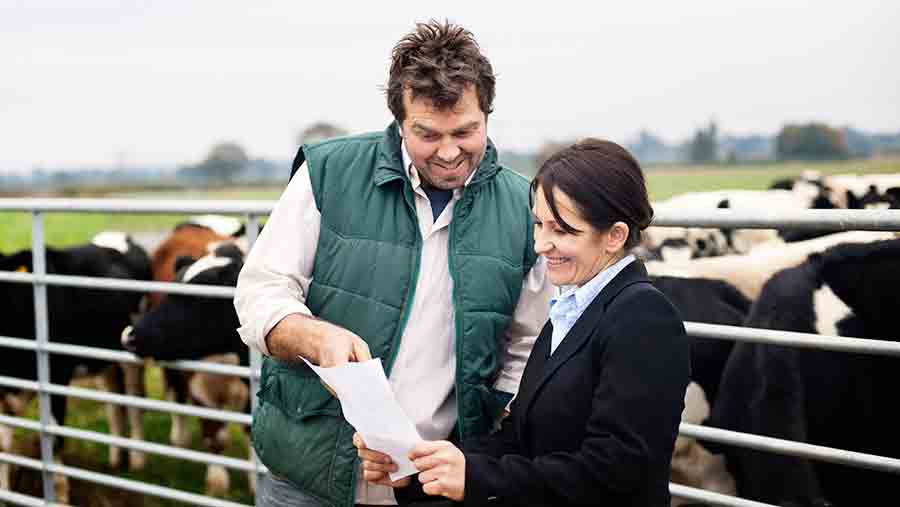Business Clinic: Be clear on farm asset ownership
 © Cultura/Rex/Shutterstock
© Cultura/Rex/Shutterstock Farmers Weekly’s Business Clinic experts offer free advice on legal, finance, tax, farm management and land issues.
Peter Griffiths, tax director at Hazlewoods, explains why it is important to know who owns which pieces of land when a farming business in run as a partnership.
Q: I am in a farming partnership with my wife and two sons. We farm land that I inherited and land that has been bought by the partnership.
I have read that many partnership disputes are about who owns what and how land is held.
What formalities do we need to put in place in the financial accounts to avoid any disputes regarding who owns the different parcels of land?
A: Partnership has traditionally been the structure for farming businesses. The land used by a partnership can be owned by one or more of the partners in a personal capacity, some of the partners as a partnership asset or all of the partners as a partnership asset.
 Peter Griffiths
Peter Griffiths
Tax director, Hazlewoods
Agreeing which category of ownership the land falls into can sometimes result in costly disputes between the different partners.
See also: Business clinic – barn conversion to nursery advice on income tax and VAT position
When talking about land ownership, one is normally referring to what is known as the beneficial ownership. This determines who is entitled to the proceeds on sale. But with a partnership, the beneficial ownership can be different from what is known as the legal ownership.
For example, the legal owners could be the partnership, but if the land was acquired by the partnership before the admission of additional partners, then the beneficial owners may be only the individual partners at the time of the acquisition of the land.
For a lot of people there will never be a dispute over the ownership of family property.
However, in a significant minority of cases there can be a problem when it comes to: a divorce, interpretation of a will, a dispute between partners, or when negotiating with HMRC.
For this reason it is worth ensuring that the financial accounts of the partnership should leave the reader of the accounts in no doubt as to who are the beneficial owners of land used by a partnership.
Do you have a question for the panel?
Outline your legal, tax, finance, insurance or farm management question in no more than 350 words and Farmers Weekly will put it to a member of the panel. Please give as much information as possible.
Send your enquiry to Business Clinic, Farmers Weekly, RBI, Quadrant House, The Quadrant, Sutton, Surrey SM2 5AS.
You can also email your question to fwbusinessclinic@rbi.co.uk.
Land acquired by a partnership will usually be regarded as a partnership asset.
But if not all of the partners are entitled to the proceeds of sale of this land, then this should be confirmed in the accounts by the value of the land being shown in a separate property capital account confirming who are the beneficial owners.
Ideally this should also be confirmed in a well-drafted, up-to-date partnership agreement.
There can be good tax reasons for land used in a partnership to be included in the partnership accounts.
This should mean that inheritance tax business property relief (BPR) is available at a rate of 100% on any development value (instead of 50%) and may also mean BPR is available on assets not used in the farming trade.
When introducing land into a partnership, a review should be made of the different partners.
If they are not regarded as connected persons for stamp duty land tax (SDLT) purposes, the introduction of the land can result in an SDLT charge arising.
The information provided in these articles does not constitute definitive professional advice and is provided for general information purposes only.

